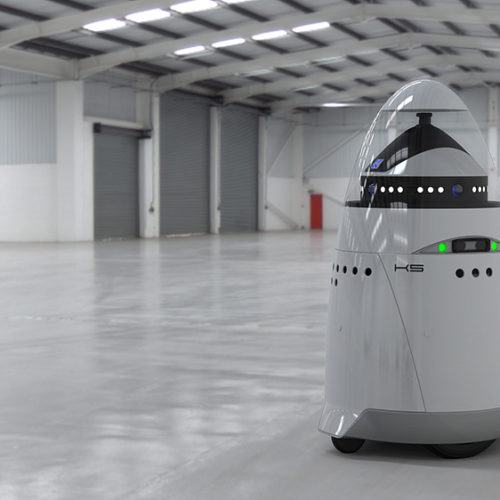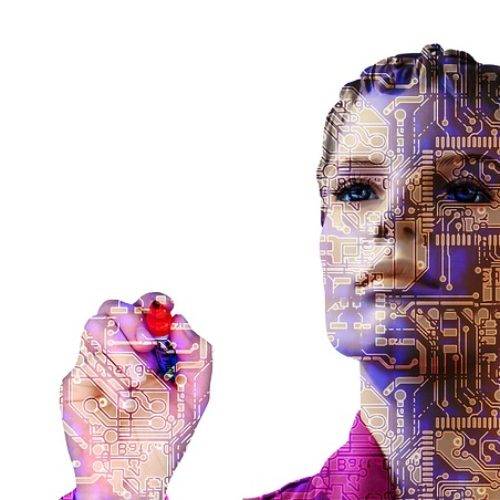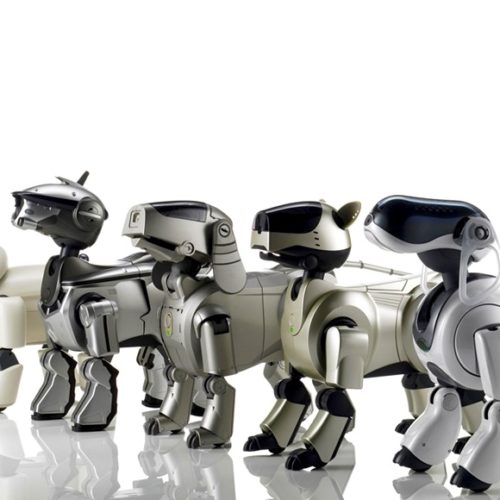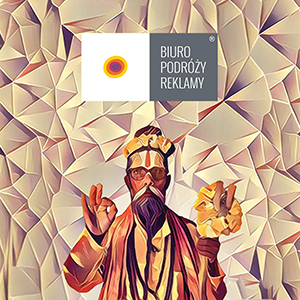The Dream Project – robots are helping children with autism
Do you remember NAO? A humanoid robot designed to help people in everyday tasks and be their companions? NAO was also used to help children with autism improve their social interactions. Now, thanks to DREAM Project, robots will be able to be more involved in the therapeutic process with autistic kids.
The Development of Robot-Enhanced therapy for children with AutisM spectrum disorders (DREAM) project wants to design robots that can operate autonomously. Part of theirs job will be helping the therapist to improve the child’s social interaction skills, such as turn-taking, imitation, and joint attention. The DREAM robot intends to be a support for the therapist in two ways: as a co-therapist and data collecting diagnostic tool.
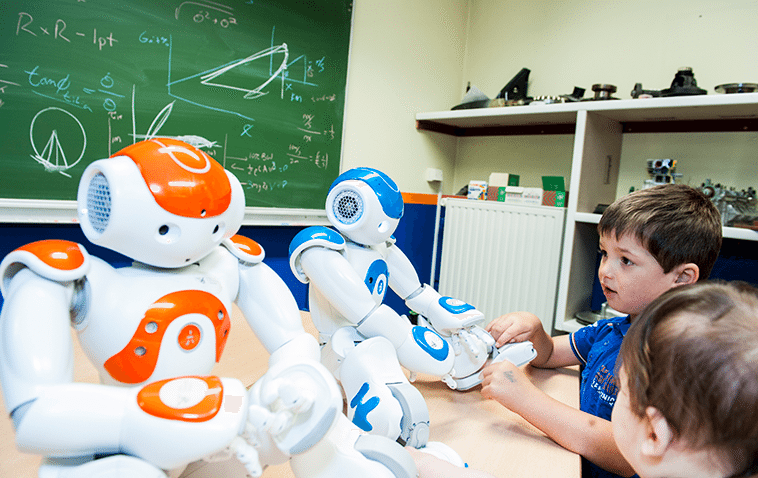
Why can robots be good for autistic children? A few research has shown that robot – assisted therapies (RAT) helps children with ASD, by making their social interaction easier. Children find robots more simple and predictable than humans, so they can engage more readily with them. Next stage is RET – robot-enhanced therapy.
The DREAM Project is now focusing on capture and analyzes sensory data from the children – motion gestures, facial expressions, sound, and voice to help the robot understand what the child is doing so then they can have a better interaction. This understanding, allows the robot to infer the ASD children’s psychological disposition and select appropriate therapeutic actions.
Honghai Liu, Professor of Intelligent Systems and Portsmouth research lead for DREAM, said:
DREAM is a project that will deliver the next generation RAT robot, and its core is its cognitive model which interprets sensory data (body movement and emotion appearance cues), uses these perceptions to assess the child’s behaviour by learning to map them to therapist-specific behavioural classes, and then learns to map these child behaviours to appropriate robot actions as specified by the therapists.
The DREAM Project uses two kinds of robots – NAO and Probo (developed at the Vrije Universiteit Brussel). Nice to hug and funny looking green Probo was designed to focus on verbal and non-verbal communication, and act as a social interface by employing human-like social cues and communication modalities. Probo allows ASD children to have safe, soft and “huggable” interactions. Second platform – NAO was already used in many experiments with ASD children, who love him mostly by his anthropomorphize look and small size.
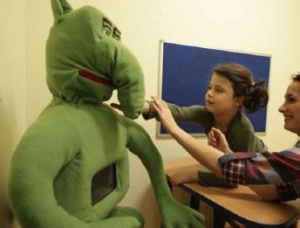
The DREAM Project will last until September 2018 and is EC-funded.
More information: dream2020.eu
You might also like
Knightscope K5
Knightscope is a Silicon Valley startup that plans to replace human security guards with robot security guards, the company has revealed two models, the Knightscope K5 and Knightscope K10.
Robot – mentalist
Algorithm which can help predict the future? To be more precise – just human movement, but it is still more, than we can do for ourselves.
Sony Halts Support for Aibo, Still One of the Best Robot Toys Ever
Sony stopped making the Aibo robot dog in 2006. In robot years, that’s ages ago. Still, many robot enthusiasts would agree that these little robotic pets remain one of the most sophisticated consumer
